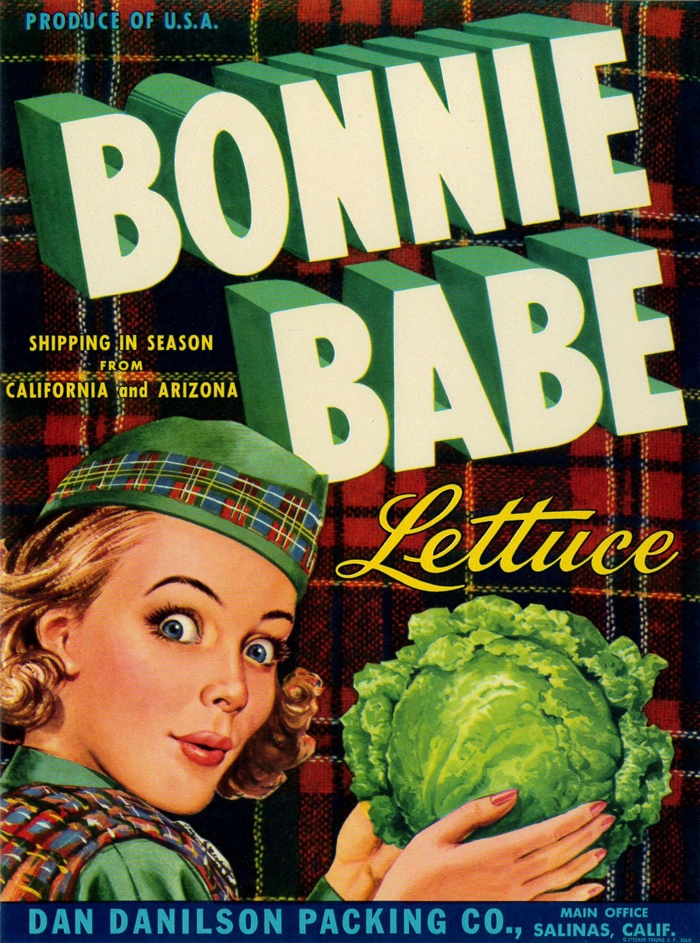I’m a gardener. In fact, the University of California Cooperative Extension Program certificate I have states that I’m a Master Gardener. As much of an accomplishment as that might be, I know that mastering gardening is a distinctly illusive goal, so it’s not one I work towards. My simple goals are to get a little dirt under my nails, watch a seedling that I’ve propagated sprout and grow enough in my garden to share with friends and family … as well as eat a little myself. That’s what makes the entire endeavor just that much more worthwhile.
It is, also, energizing to have knowledge about plants; to understand how they grow and thrive — to know that when I step outside my backdoor and pick a zucchini or tomato or unearth some beets or carrots, clean them up and have them at a meal, I’ve played a role in that process.
I often wonder as I drive through the Salinas Valley, one of the largest “gardens” in the world, if our local growers feel the same way about their fruits and vegetables as I do about mine? I believe they do. The work is just too hard — and I only have 20 raised beds to worry about.
There’s been an agricultural bent to this valley since the first crop was planted in our fertile ground hundreds of years ago. Although agriculture has changed throughout the years – orchards, wheat, grain, sugar beets, dry beans gave way to lettuce, which continues to dominate the fields, alongside strawberries, brassicas, artichokes, celery and an ongoing rotation of vegetables – one thing remains constant … what gets grown, in this the Salad Bowl of the World, gets shared, with friends and family, and just as important for our local economy, at the marketplace.
And, throughout the years, it has gotten to market in some very creative ways.
Farmers have been labeling their goods since the beginnings of trade. From names and logos burned into wooden crates and barrels, to designs printed on flour sacks to printed paper bags filled with peanuts, inventive ways to grab a shopper’s attention have evolved as growers, and shippers, grappled with establishing and promoting their brand.
During the first half of the 20th century, crate labels for fruits and vegetables were a popular form of promotion across the country. California, and predominately the Salinas Valley, led the way. These vibrant and visually enticing paper labels, pasted on softwood crates, were used to identify and advertise a specific brand and to distinguish one packer’s shipment from another. They featured the brand name of the produce, the region it was from and the packer’s name. A grower’s name on a box was a mark of success. The hope was that it would cultivate brand loyalty, a shifting target no matter what century we’re in.
California artists set the standard for this mode of advertising. Many were immigrants who came to San Francisco to work in commercial art. Although little is known about them, the legacy they’ve left is now highly collectible works of art that represent the changing terrain of California’s fields and orchards. What began as a way to identify what was in a crate turned into a whimsical and wacky, somewhat eccentric and zany means of promotion. Themes ruled the day: cowboys, sports, animals, landscapes, locations, aeronautics, oceans and patriotic images. Not even family members were off limits; many farmers used pictures of their sons, daughters and wives to promote the healthy benefits of eating your fruits and veggies.
It worked too! Until cardboard showed up. Pre-printed mass-produced cardboard boxes put an end to wooden crates and, thus, the end to the need for this type of label. While this type of label is no longer in use, product packaging is still very much a part of the produce community.
Even in my little world of gardening, I think about presentation.
I can’t just show up to a family gathering with two zucchinis, four tomatoes and a handful of basil. That would be very un-Martha Stewart-esqe of me. So I created a label that I plunk on baskets and jars and boxes that are filled with the things I grow – either fresh or preserved.
I mean, really, you can’t just stick a label on a fresh-picked beet, no matter what type of gardener you are!




